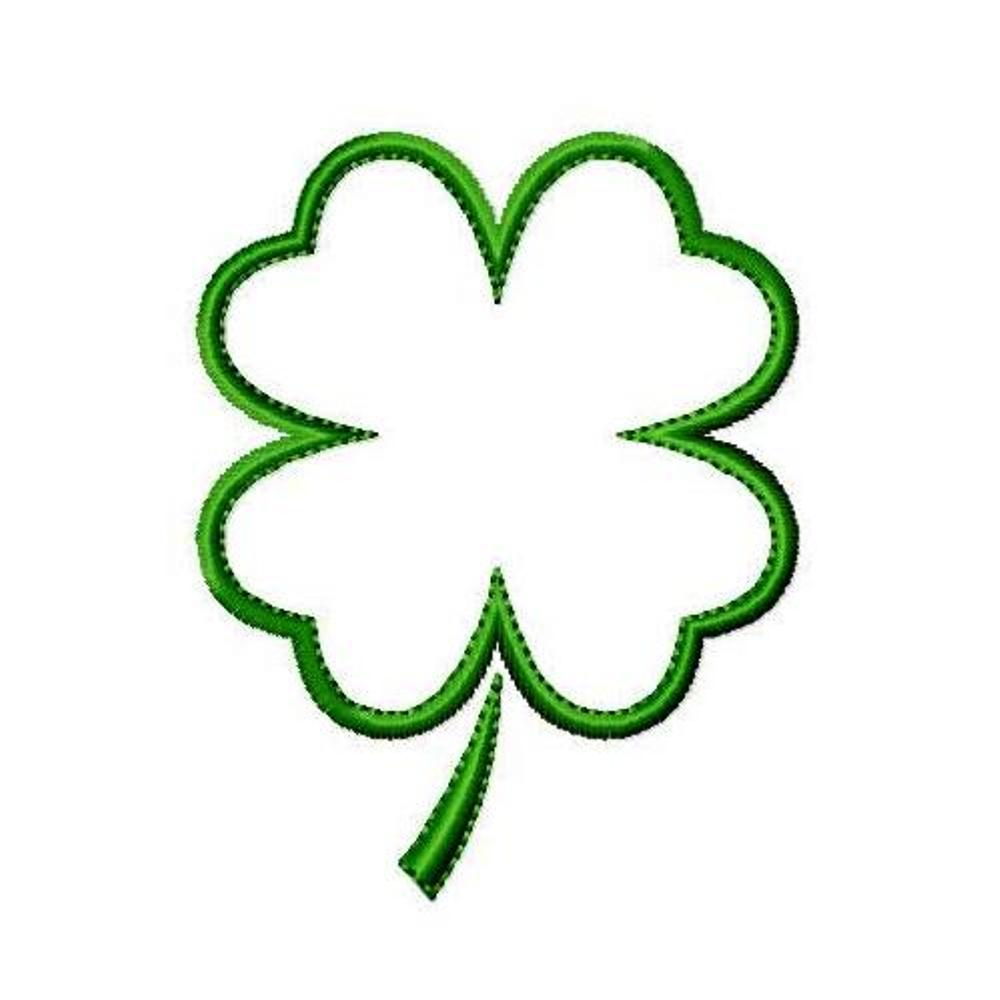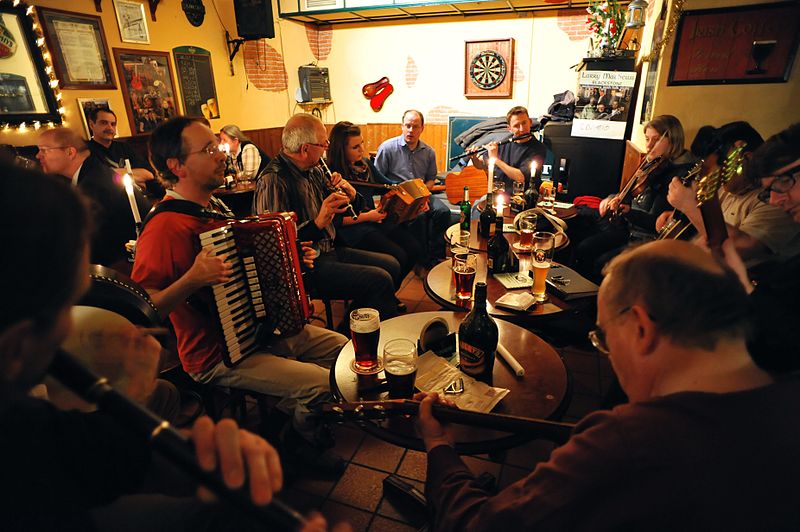

When the Irish potato famine hit in the 1840s, many Irish fled the homeland and settled in foreign places. Irish traditional music is unique in that much of its development and practice actually occurred outside of Ireland; immigrants in New York, parts of Europe, and other places kept the tradition alive while it faded in the homeland. In Ireland, life was difficult, and musical traditions became less important.
In the 1960s, the Irish government led a large effort to revitalize Irish music and dance traditions in Ireland. They sponsored concerts, festivals, adn music competitions that helped bring the tradition back home.
Celtic influences played a large role in the early development of Irish music. The Celts lived in various places throughout Europe, but the Celtic culture remains mostly in Ireland, Scotland, Wales, and Brittany (West France).
Celtic music is a broad term that is hard to pin down by a particular musical sound. However, Celtic music is marked by some defining features: dance tunes, identifiable melodies, identifiable ornamentation, and particular instruments (fiddle,bagpipe, flute...).
Irish music is a broad term describing a variety of folk and contemporary styles. While we only have written music from the last two to three centuries, this tradition is thought to have ancient roots. One important aspect of traditional Irish music is the Irish session. A session is a casual gathering in which musicians socialize and play together, creating musical medleys that can go on and on! People would dance and enjoy the music together.
Some instruments that are common in Irish music are the fiddle, bagpipes, tin whistle, and uilleann pipes.
In the 1960s, the government sponsored events, concerts, competitions, and festivals meant to bring Irish musical tradition back into the spotlight in Ireland. Economic success led to prosperity for Ireland, and traditional music was widely distributed and broadcasted on the radio.
An important individual for the revival of Irish music was Seamus Ennis (1919-1982). Ennis was a literate musician, which was a unique trait among Irish musicians of the time. He worked a Folk Music Collector for the government, traveling around to small communities and hearing traditional music there. Ennis would notate the music that he heard, documenting it for recording, distribution, and future generations. Ennis's father was a proficient musician, and Ennis became a master on the uilleann pipes by age 21. He also played the fiddle, tin whistle, and other traditional Irish instruments.
As Irish music was revived in the 60s, musicians began taking the music and putting it in new instrumentations and contexts. While the traditional style of playing was more domestic and casual, the new emerging style was more formal, commercialized, and ensemble-based. Previously, traditional tunes were owned and enjoyed by all, but more and more, individual artists' arrangements became associated with particular tunes. Additionally, musicians supplemented traditional instruments like pipes, fiddles, and tin whistle with ensemble instruments like drums, guitar, and accordion. Artists also blended Irish music with other styles like jazz and rock, adding electronic instruments, guitars, and other instruments.
Just as Seamus Ennis fueled the revival of Irish music, musician Sean O'Raida fueled its transformation in the 70s. He formed a group of musicians that later led to the band The Chieftans. This Irish traditional music ensemble became known worldwide, bringing Irish music to the world stage.
For more information, you can check out Encyclopaedia Britannica here.


Image citations and links:
Population_density_of_Ireland_map2002.svg: *Ireland_complete.svg: Future Perfect at Sunrise derivative work: The Illusional Ministry (talk) derivative work: Sswonk / CC BY-SA
https://upload.wikimedia.org/wikipedia/commons/9/9c/Ireland_trad_counties_named.svg
Marcello Provenzano / CC BY (https://creativecommons.org/licenses/by/3.0)
https://upload.wikimedia.org/wikipedia/commons/e/e0/Street_Irish_Music_%2852873984%29.jpeg
Hinnerk R (Hinnerk Rümenapf) / CC BY-SA (https://creativecommons.org/licenses/by-sa/3.0)
https://upload.wikimedia.org/wikipedia/commons/1/1a/Irish_Folk_Session-The_Old_Dubliner_Hamburg_208-0075-f-hinnerk-ruemenapf-prev.jpg
Download this page as a PDF here.
Back to Homepage